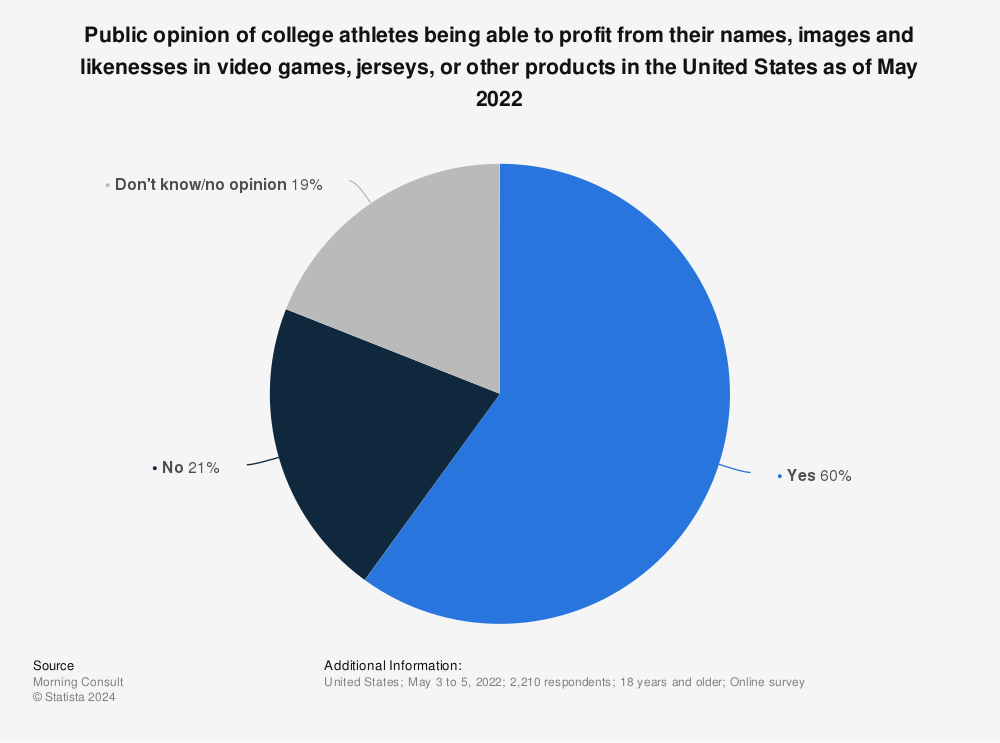In 1965, Joe Namath, the legendary quarterback fresh from the University of Alabama, inked a contract with the New York Jets that would change the landscape for rookie player contracts in football forever. At $427,000 – a staggering sum for a rookie in any sport at the time – Namath’s deal wasn’t just a personal win, but the result of a competitive business environment that worked to the benefit of the players.
The fierce competition between the established NFL and the upstart AFL, was heating up with both leagues looking to secure top talent. The AFL had the benefit of wealthier owners which allowed them to absorb initial financial losses in the early years and lure popular college stars like Namath to the growing league.
The major draw for football at any level is having popular players with elite talent. NIL earnings and the recent merged formation of the UFL benefit players seeking larger payouts, business opportunities, and a myriad of options within the American football industry.
With players like Shedeur Sanders earning more through NIL than Aaron Rodgers base salary for the upcoming season, it’s clear the NIL economic impact is being felt. Consider the massive number of players signed from the UFL to join NFL roster this off season as an indication of alternate routes that lead to the same goal of NFL contracts.
Joe Namath was willing to go with the less established AFL because they were willing to pay his price. Imagine a top prospect opting out of the draft for another year at the collegiate level and making millions either way. How about a late blooming quarterback that didn’t fully showcase his abilities in college choosing the UFL route to increase his market value.
NIL Earnings, NIL Economic Impact, and the NFL Draft
In 2021, the NCAA’s decision to allow college athletes to profit from their name, image, and likeness (NIL) sent waves through the football world. This long overdue shift has had a profound impact on the NFL draft and the financial outlook for young players.
The numbers tell a compelling story. Since the introduction of NIL:
- The number of underclassmen entering the NFL Draft dropped from 128 in 2021 to just 58 in 2024, the lowest since 2011.
- This 54.7% decrease in early draft entries suggests a significant change in player decision-making.
- 72% of NIL earnings deals are with male college athletes who play football compared to other sports
Rick Neuheisel, CBS college football analyst, explains the changing NFL draft: “People are being talked into staying in college, because you’re making reasonable money, and money that’s newly found, and you’ve got a chance to continue to get better.” This new financial reality has reduced the pressure on players to leave college early for NFL paychecks.
For players, the ability to make more informed decisions around their careers, earrings, and financial trajectory is also a win.
RELATED: BEST COLLEGE QUARTERBACKS 2024

The UFL as the NFL “Minor League”
As college players find new financial opportunities through NIL deals, the United Football League (UFL) is emerging as another intriguing option in the football ecosystem. With an average player salary of $50,000 per year and a TV deal with ESPN and Fox, the UFL is positioning itself as a viable bridge between college and the NFL.
Key UFL Signings Statistics
- – Over 70 UFL players from the 2024 season have signed NFL contracts
- – Nearly 10% of UFL players have inked NFL deals, a number expected to grow
The UFL looks to be forging a space as a developmental league for the NFL, offering a national platform for players to develop outside of the NCAA.
As the financial options for young football players and the NIL economic impact continue to expand, the NFL may need to reconsider its relationship with both college football and developmental leagues like the UFL. The future could see a more diversified pipeline of talent, with players having multiple paths to lucrative football careers and financial stability.
In a world, where NIL and UFL exist alongside the NFL, you may begin to see fewer college players go pro….well at least not as soon.

[…] RELATED: HOW NIL EARNINGS & THE UFL EFFECT PLAYER CONTRACTS […]
[…] RELATED ARTICLE: NIL ECONOMIC IMPACT ON NFL DRAFT […]